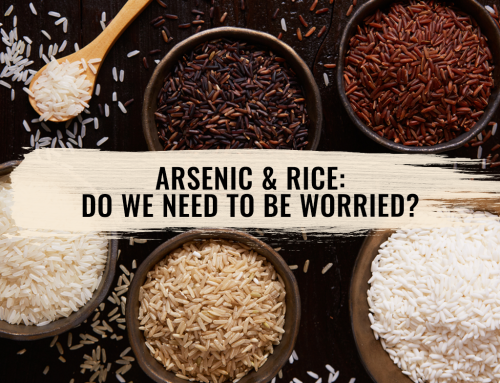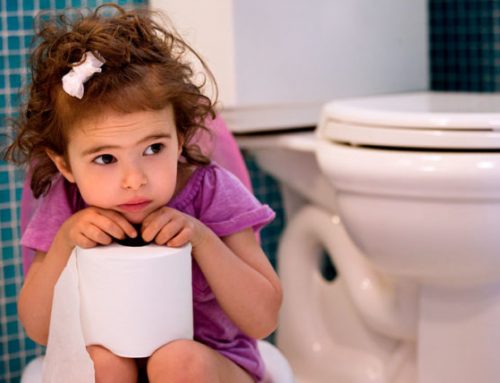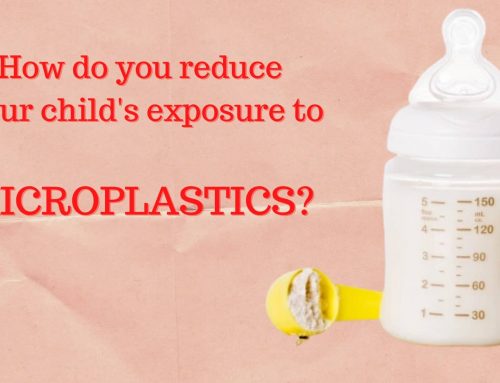It is common for babies and young children to suck on their hands or fingers, which is a form of non-nutritive sucking meant to provide self-soothing or calming effects. Then came the invention of pacifiers, also known as soothers, dummies or artificial teats, but do they benefit babies and young children? Or are they just an accessory meant to make children look cute!
The ‘good’ about pacifiers:
Pain relief
Sucking on pacifiers have been shown to reduce crying time in babies younger than 6 months when undergoing painful procedures such as blood taking or immunization. Now that you know, the next time your baby is due for a vaccination, do not forget his or her pacifier.
Sudden infant death syndrome (SIDS)
The American Academy of Pediatrics (AAP) suggests offering pacifiers to babies at the onset of sleep to prevent the risk of Sudden Infant Death Syndrome (SIDS). However, care needs to be taken not to force pacifiers into the mouth or reinsert during sleep if the child spits it out.
Premature babies
Premature babies have ineffective sucking due to brain immaturity, coupled with poor suck-swallow-breathe coordination. Hence, the use of pacifiers encourages sucking in premature infants indirectly resulting in shorter hospital stays, early transition to oral feeding and improved bottle feeding.
The ‘not so good’ about pacifiers:
Breastfeeding
For breastfed babies, a pacifier should only be introduced once breastfeeding is well established. Early introduction of a pacifier may disrupt breastfeeding, leading to early weaning from the breast.
Dental health
The use of pacifiers beyond 2 years of age will cause some changes in the alignment of teeth; a condition called malocclusion. This dental disorder becomes more pronounced if pacifiers are continued beyond 4 years old. Inevitably, speech, chewing and appearance of a child can be affected.
Infection
Pacifiers are often colonized or populated by germs such as Candida (a fungus) and bacteria. Between latex and silicone pacifiers, latex pacifiers are more easily colonized. Therefore, parents need to know how to care for and keep pacifiers clean. Pacifiers should be changed once every 2 months for hygienic purposes.
Ear infection
The usage of pacifiers does slightly increase the risk of middle ear infection. Hence, many guidelines have recommended to reduce or stop the usage of pacifiers after 6 months old.
In conclusion, for those who pick answers A and B, you are correct. Still, the best answer would be C. Pacifiers provide benefits when used correctly and at the right time. In my own opinion, weaning off pacifiers should be attempted after 1-year-old latest. That is because the dependency on pacifiers only increases with time.
References:
1. Dr Sumi Sexton and Dr Ruby Natale: Risks and Benefits of Pacifiers – Am Fam Physician. 2009 Apr 15;79(8):681-685
2. Recommendations for the use of pacifiers – Paediatr Child Health. 2003 Oct; 8(8): 515–519
3. Pacifiers (soothers): A user’s guide for parents – Paediatr Child Health. 2003 Oct; 8(8): 520–521
LEARN MORE
LEARN MORE
INTERESTED IN PARENTING ARTICLES?
We have the right articles just for you.
“There is no such thing as a perfect parent. So just be a real one.” – Sue Atkins






